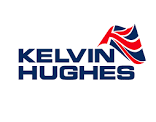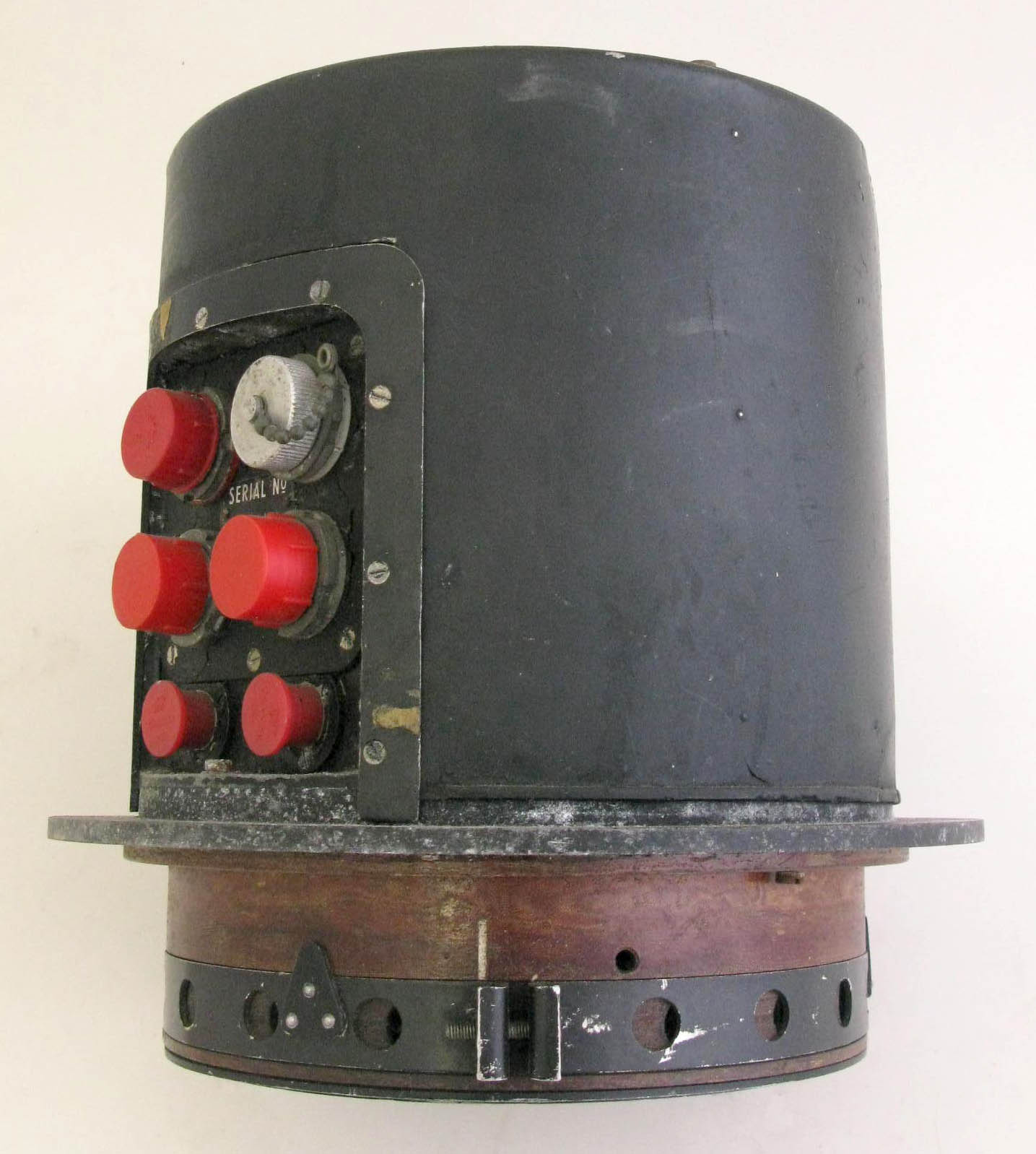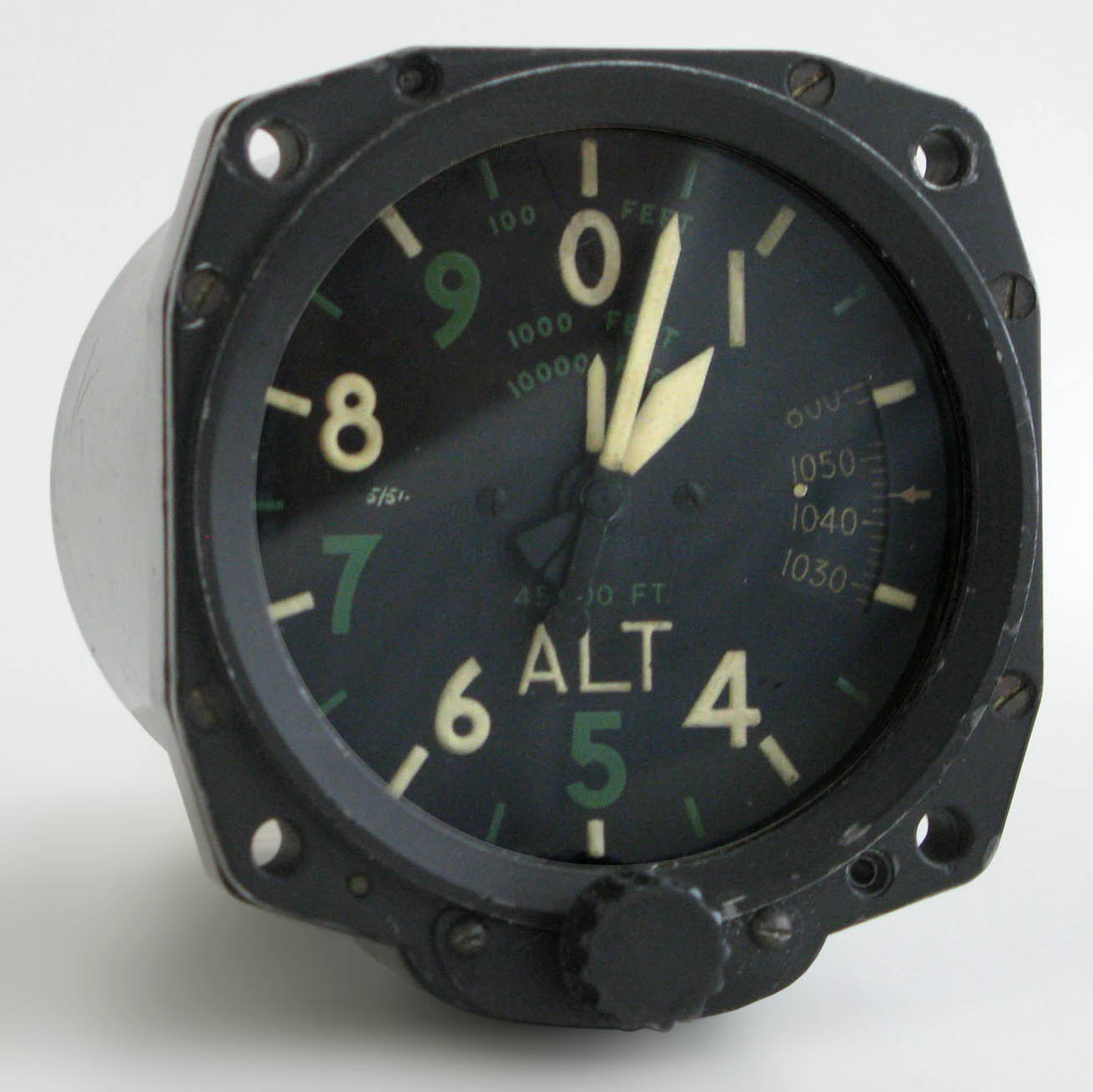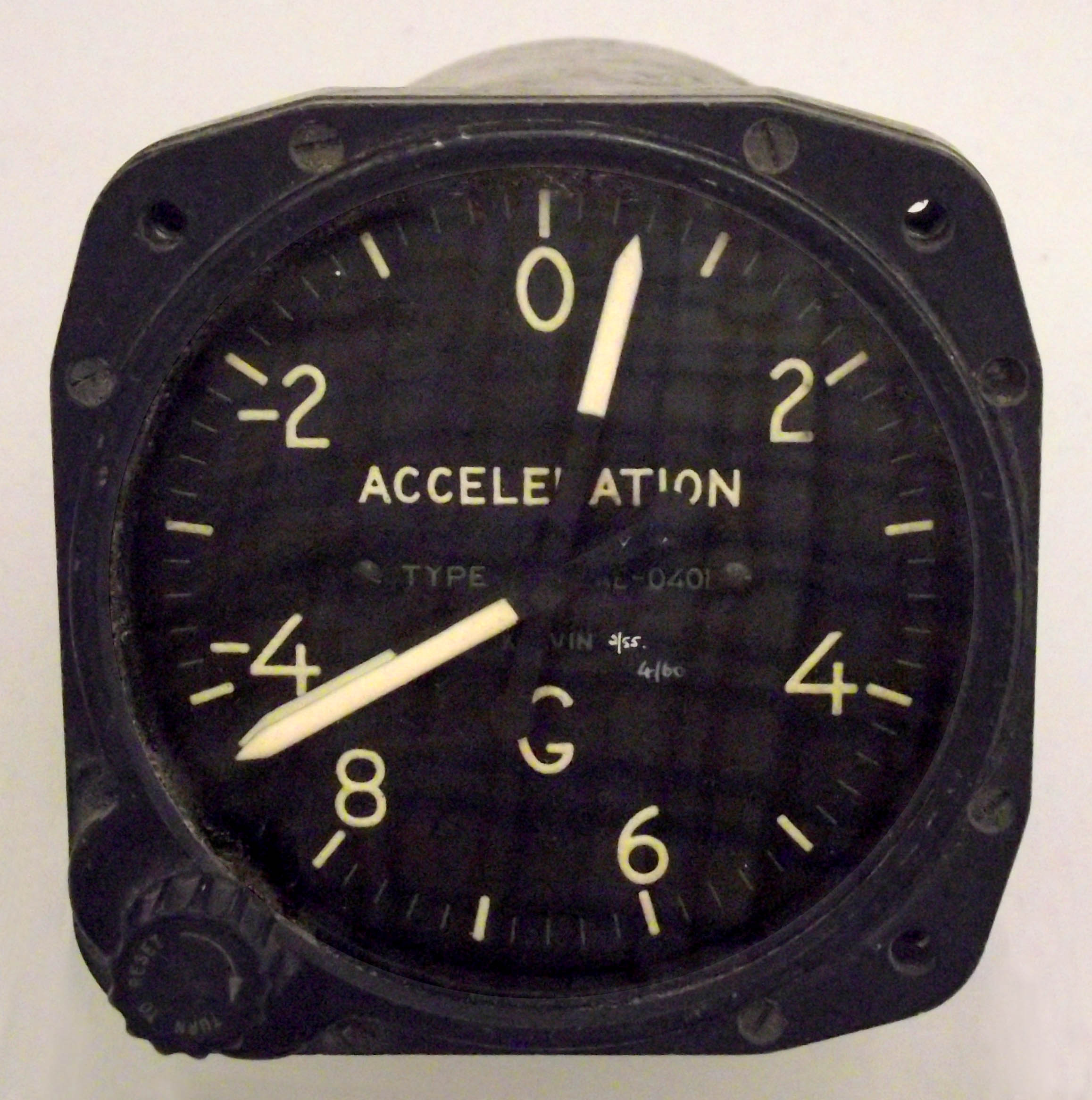Many would attribute the true origins of Kelvin Hughes to Master Clock Maker Thomas Hughes. Based in Bermondsey, London, Hughes came from a long line of clock and watchmakers, and was a highly respected creator of marine quadrants and compasses, even selling a chronometer to Captain Bligh of the HMS Bounty. Thomas Hughes’ son, Henry, followed him into the clock and watchmaking trade, and in 1838 he set up Henry Hughes and Sons, eventually supplying the renowned explorers Shackleton, Evans and Sir Henry Stanley. Inspired by his father, Henry Hughes’ son Arthur bought the Hughes family’s irst-ever manufacturing site in Hainault, Essex, and in 1923 the company produced the first recording echo (depth) sounder.
Kelvin and Hughes Ltd. was officially formed in 1946, a year after the end of the Second World War. Henry Hughes & Sons had thrived throughout the inter-war years, expanding into aviation and industrial instrumentation. For years, Henry Hughes & Sons had rivalled with Kelvin Bottomley & Baird, a company that developed and produced similar products. The head offices of both companies were destroyed in the 1941 Blitz, and subsequent discussions resulted in an agreement to forge a joint venture.
Three years after the two companies merged, the newly formed Kelvin and Hughes Ltd had developed and sold the first Type Approved Maritime Radar System from the UK Ministry of Transport.
Their success was to continue; in the following decade, Kelvin and Hughes developed increasingly versatile and advanced radar systems, with many ‘Firsts’, including colour and raster scan displays. In 1961, its name was abbreviated to ‘Kelvin Hughes’ and the organisation became the marine division of Smiths Industries Limited which is now a FTSE 100 public listed company named Smiths Group PLC. The Company remained in Smiths’ ownership until in 2007 it was acquired by the UK based private equity group ECI Partners.








